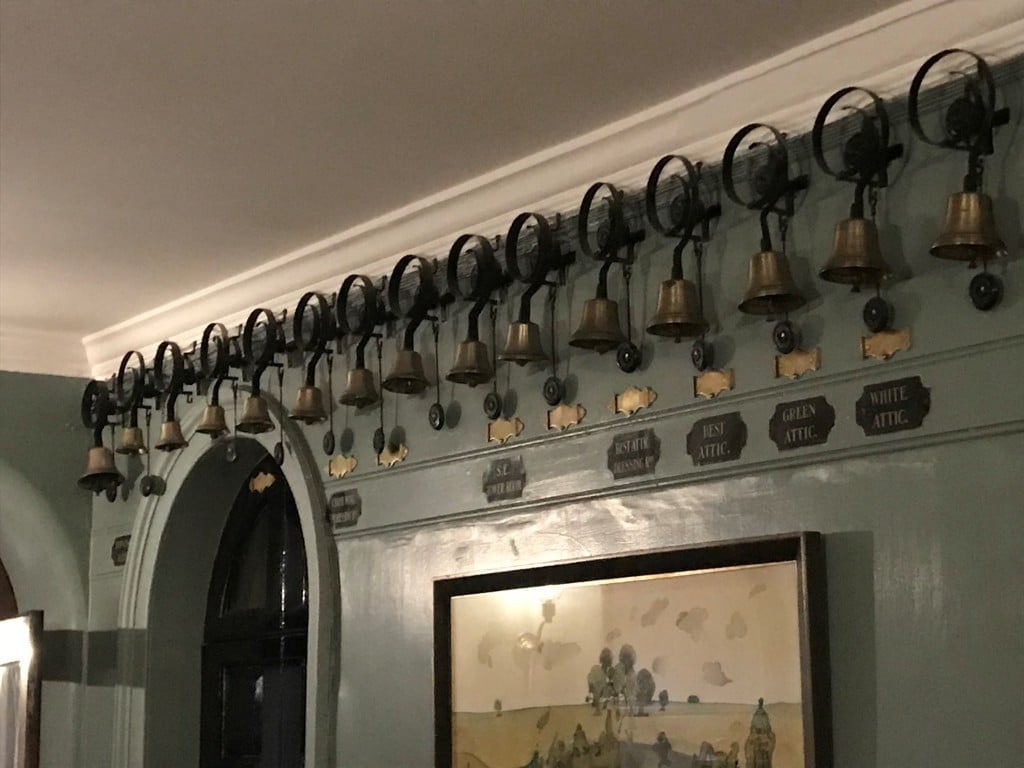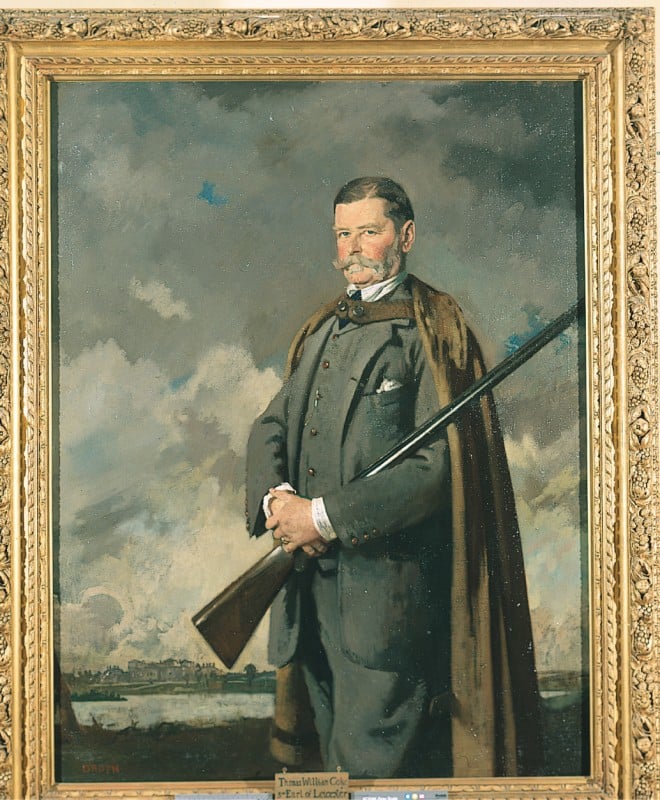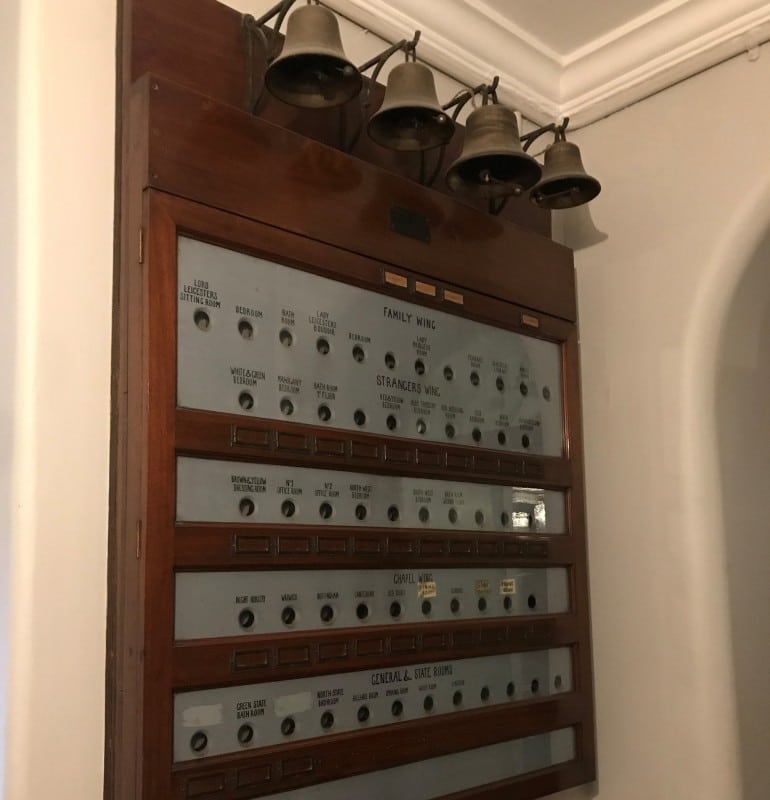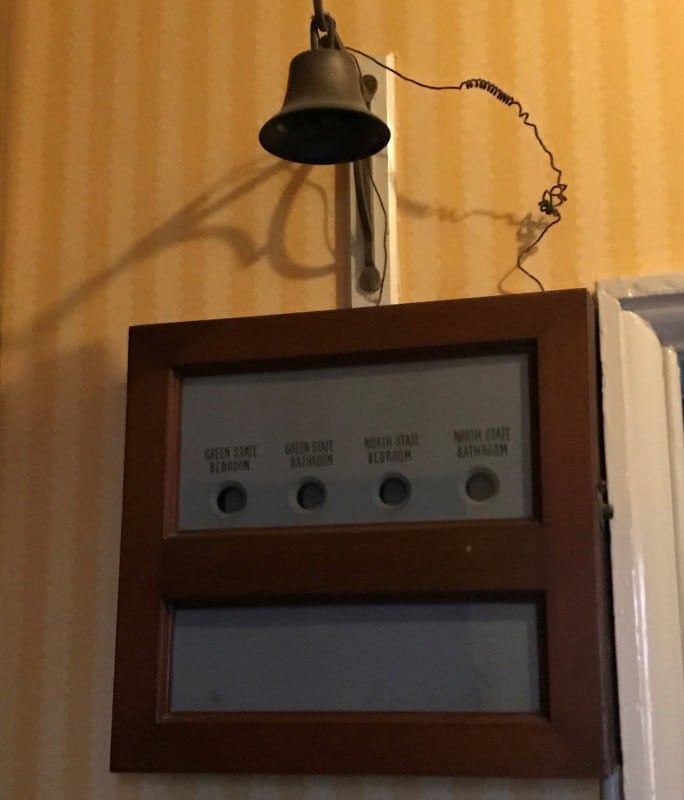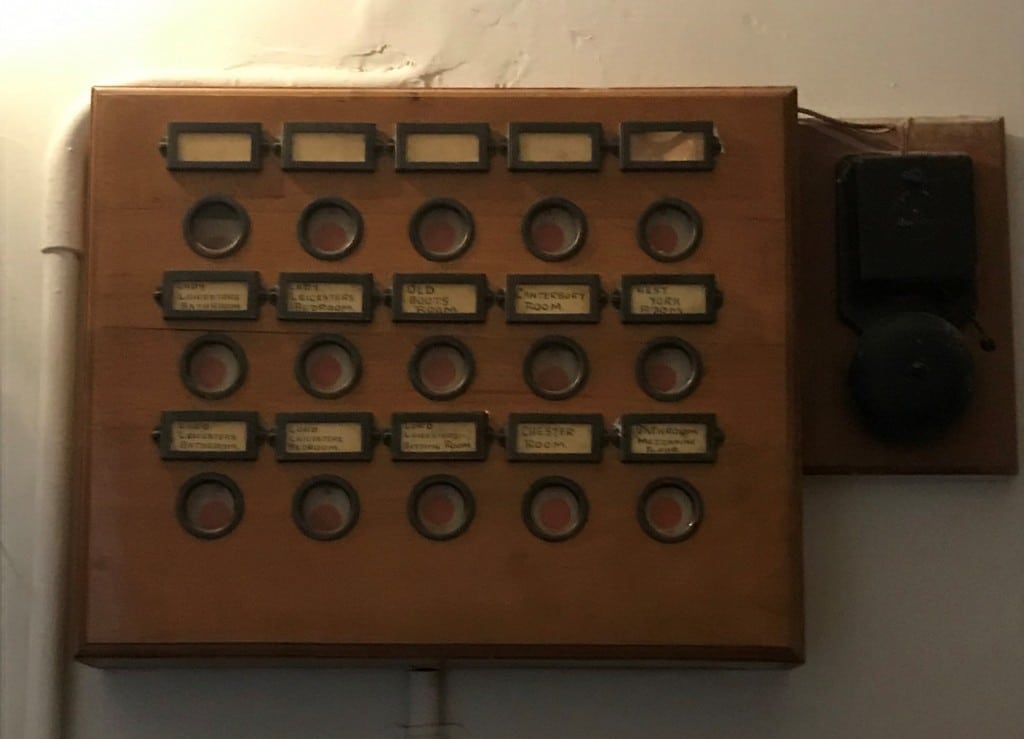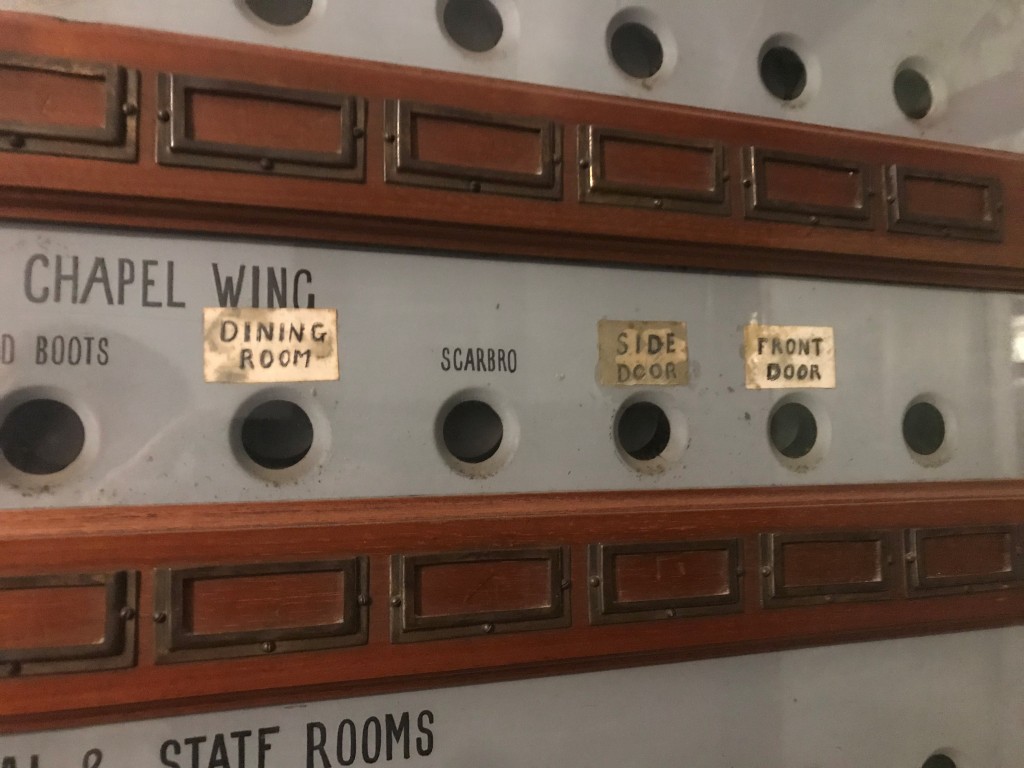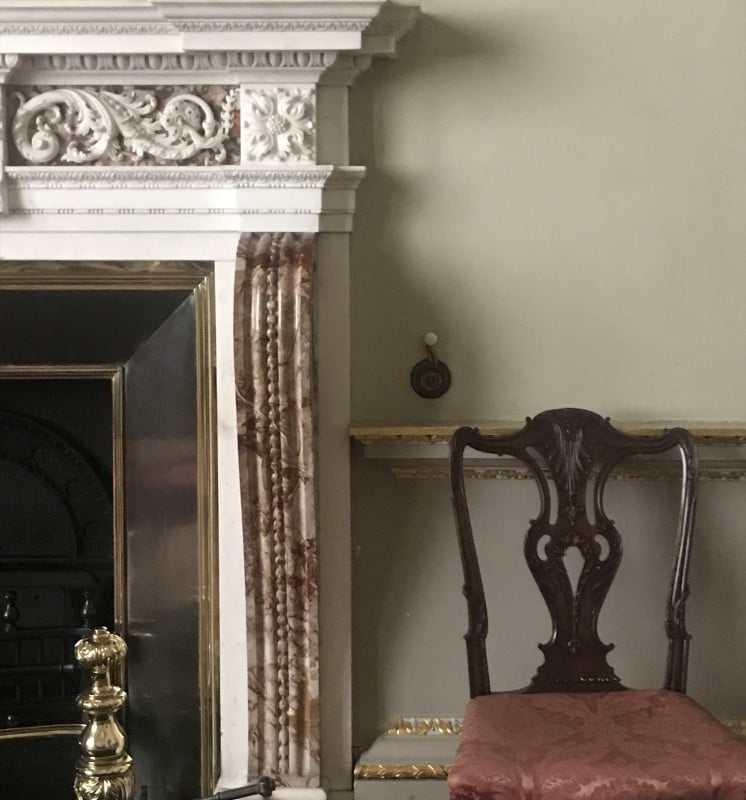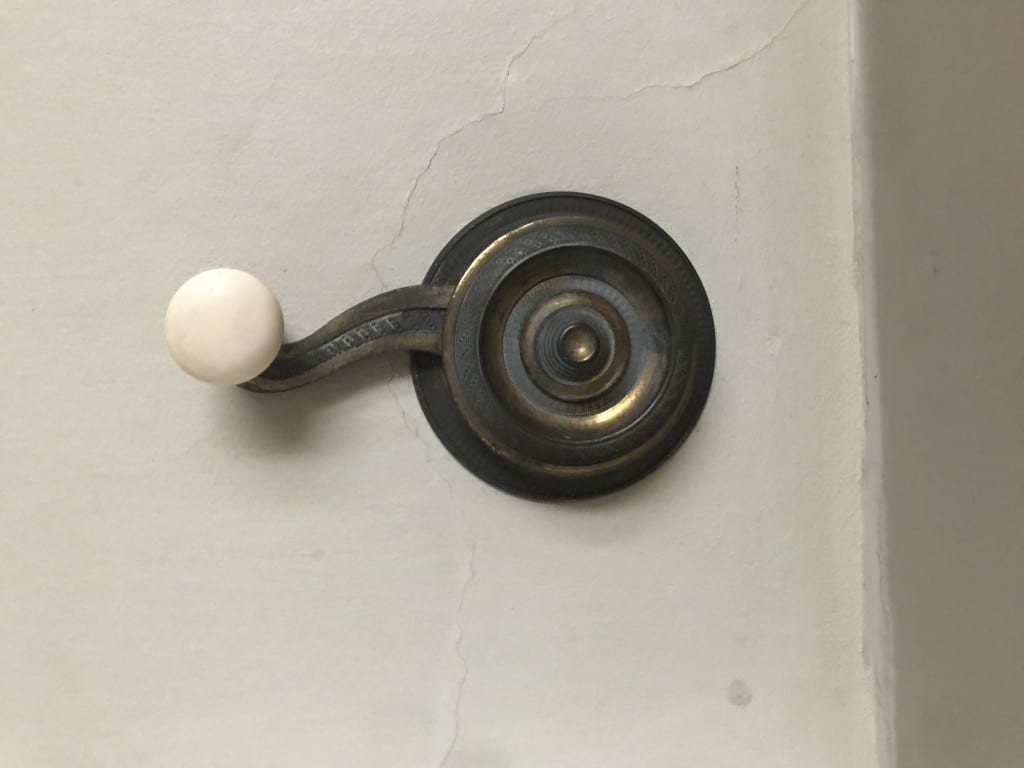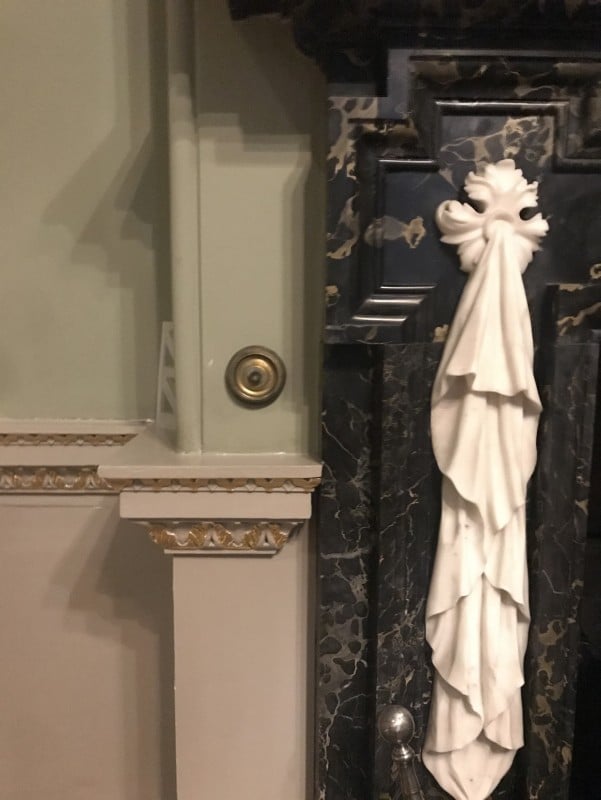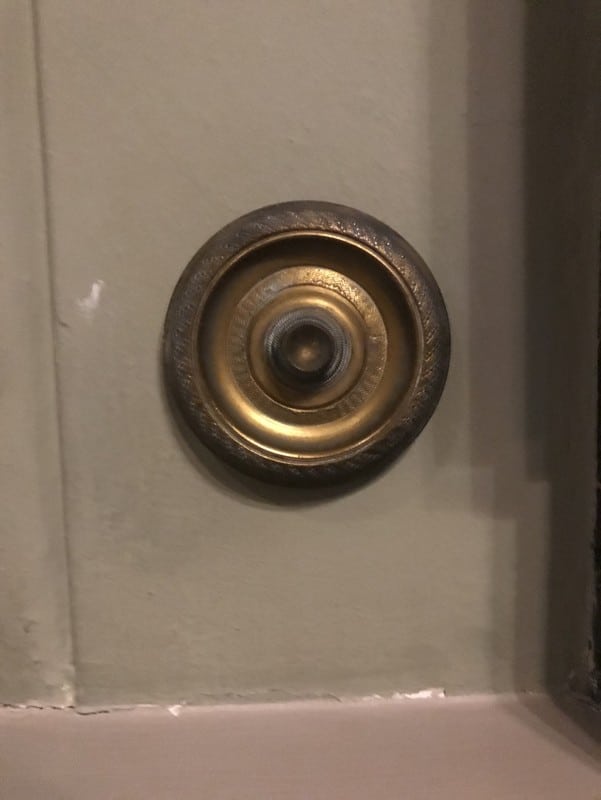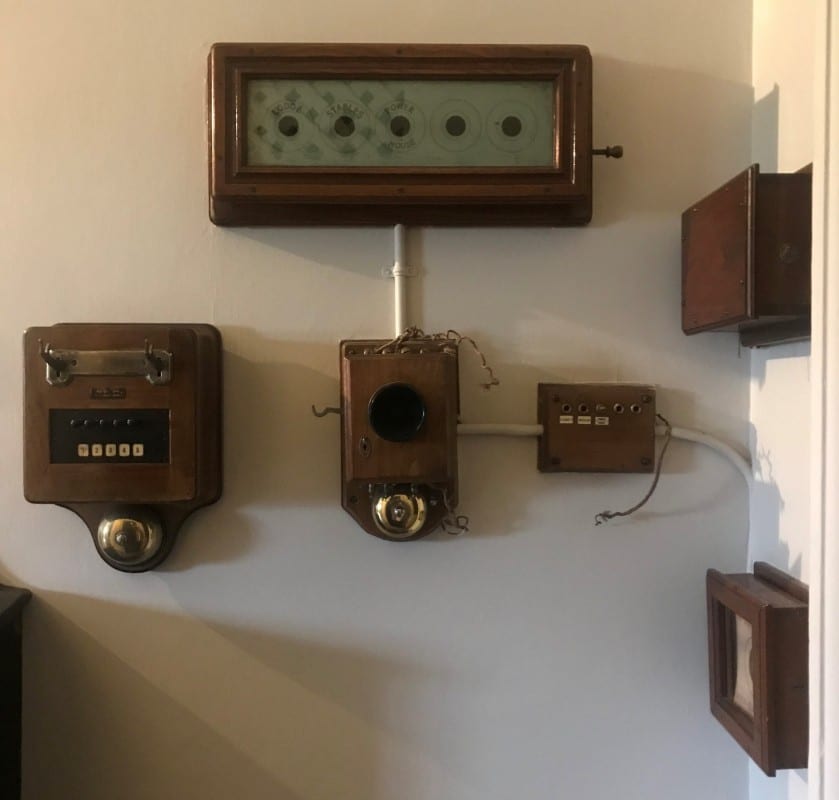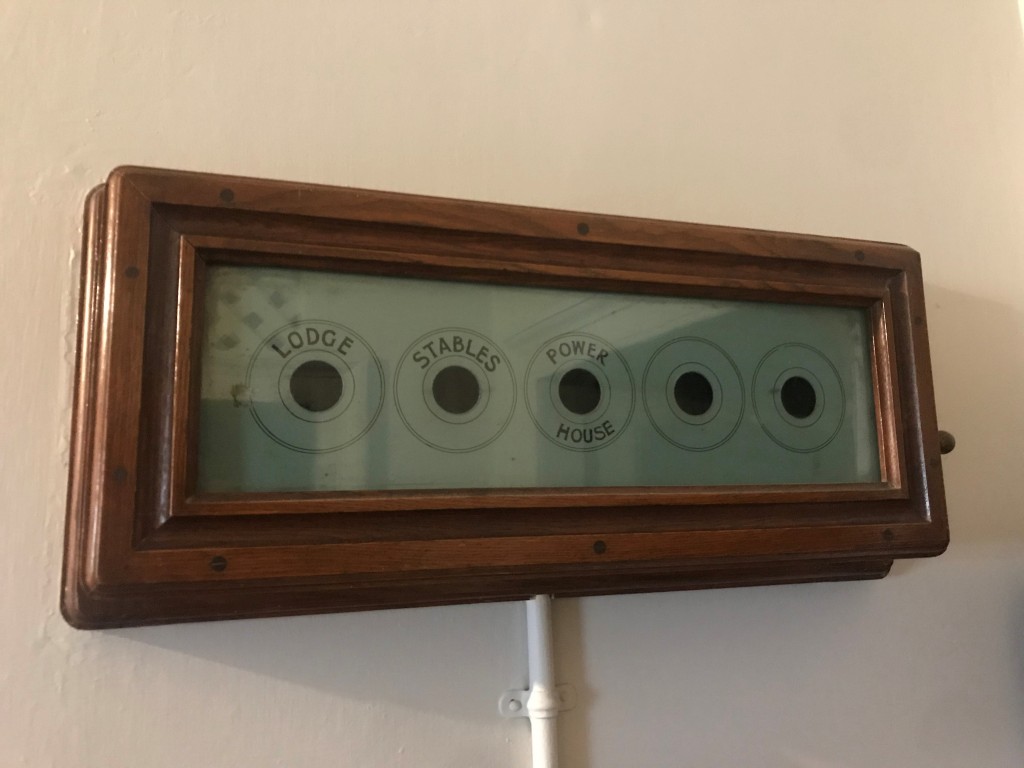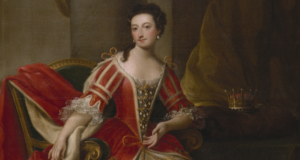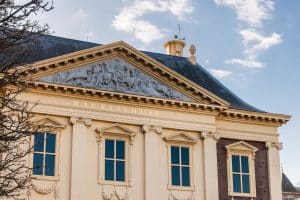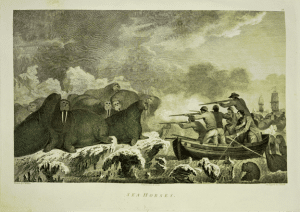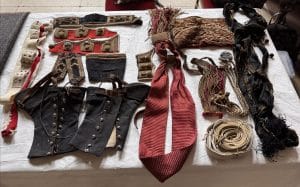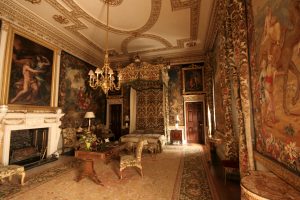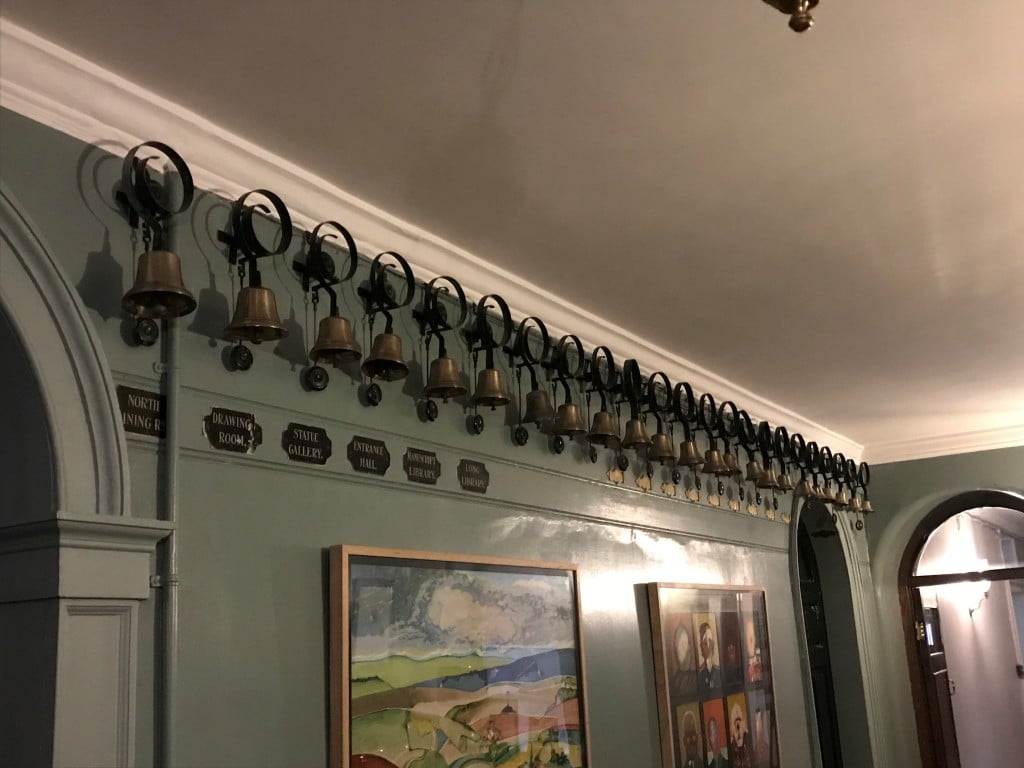
You Rang My Lord
January 25, 2021 | Treasure tales and archive snippets | 6 minute read
One of the most evocative images of the Country House is of servants’ bells ringing in a hallway. Holkham was one of the earliest houses to install a mechanical system based on copper wires and springs, A system based on 28 bells was installed in 1757 by a London tradesman called Mr Blockley. This system was subsequently overhauled in the 1840s, installed by the firm of Messrs Feetham. These bells can be seen today in one of the principal servant corridors in the house, though they have not been in use for over 100 years.
In 1910, upon inheriting the house, the 3rd Earl of Leicester embarked on a monumental programme of modernisation and refurbishment, principally carried out by the London firm of Cowtan & Sons. This project – costing a total of £45,000 – overhauled almost all aspects of the working of the hall, including the redecoration of the family and servants’ rooms, refurbishment of the state rooms, installation of new plumbing, and (perhaps most importantly) bringing electricity to Holkham. At the same date, a new system of electric bells was installed in the Hall.
Electric bells worked through the use of an electromagnet linked to an armature attached to a small hammer. The bell push contained two springs which would be forced together when the button was depressed, creating an electrical circuit. When the button was pushed and the circuit formed, the electromagnet would be created and attract the armature and hammer towards it, striking a bell.
Rather than being arranged along a corridor in the picturesque Victorian fashion, electric bells were contained in an indicator board. These boards took the form of a glass fronted case, with small apertures corresponding to room names. Using the same electromagnetic system, a coloured disk would appear by the name of the room in which the bell was rung.
The system was battery powered, with batteries installed in the cellars. At Holkham, the main indicator board outside the Butler’s Pantry was powered by four 6-cell batteries and four 4-cell batteries, divided into different sections on the board. Because they were battery powered, electric bells had been in use since the 1860s, long before the generation of electricity to produce light was common. Given that the Holkham mechanical bells had only been refitted in the 1840s, it seems the 2nd Earl was not willing to spend yet more money replacing the system with a new electric one, and by the time the 3rd Earl inherited the house these mechanical bells must have seemed hopelessly outdated.
The indicator outside the Butler’s Pantry replaced a pre-existing indicator. As the main hub of the house, it contained the largest indicator board installed by Cowtan. with 54 different locations listed; the previous indicator had contained 32. As well as this main indicator board, smaller boards were introduced outside the servant’s bedrooms, inside certain servant’s rooms (such as the Groom of the Chamber and the Nursery Maid), and at the bottom of the main service stair.
These locations were all busy intersections where a number of servants would congregate, meaning there would always be someone on hand to answer the call. All these boards, though no longer operational, still hang in these locations today, and bear testament to the changing room names throughout the 20th Century.
Before any work was carried out, Cowtan had undertaken a survey of the existing bell system, the aim being to upgrade only those that were in a state of poor repair and not the whole system. This survey concluded that the mechanical bells in the State Rooms, rooms in Nelson Wing, and Tower Bedrooms were all in good working order and should be left on the old mechanical system. It was noted that the existing bells in both Strangers’ and Family Wing were in terrible condition, with only those bells in the Long Library still functional. As these rooms were all due to be extensively reconfigured for the new family, it was proposed that these wings be upgraded to an electric bell system.
In the end, the new system was installed in the new bathrooms attached to the State Bedrooms, in the bedrooms and nursery in Chapel Wing, throughout Strangers Wing and Family Wing, and between the senior servants’ rooms and those of the junior servants. Generally, bedrooms and sitting rooms would have at least two push points, one communicating to a personal servant, the other with the Butler’s Pantry, presumably for more general assistance.
Many of these rooms had existing bell pulls, which worked using the old mechanical system. The team at Cowtan reconfigured these – where the bell was to go in the same place – to take the electrical system, installing the wiring and altering the action to a push rather than a pull. Whereas historically a lever would have been pulled, the new system required only the push of a button.
One interesting part of this new system included installing an internal telephone line between the Kitchen and the Serving Room behind the North State Dining Room, almost certainly to allow better co-ordination of kitchen and serving staff in delivering meals to their employers. A further telephone system was installed between the Porter’s Room and the Generating House and the Harness Room in the Stables. Much like the system of bells, this telephone exchange is no longer operational, but its remnants remind us of technologies past.
View all latest blog posts here.
Back to Journal Back to Journal